Business Central Technical Setup FAQs
I Need to change a Business central from one user to another.
In order to change the licenses applied to specific users, you should navigate to your Microsoft 365 Admin centre page.

From here you have a menu on the left hand side, select ‘Active Users’
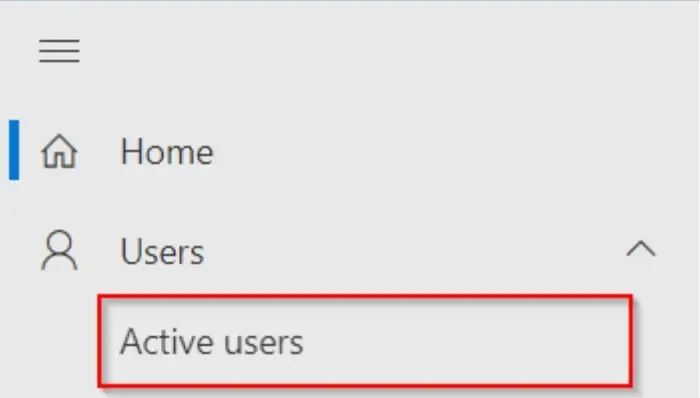
By then clicking more actions and selecting ‘Manage product licenses’

Selecting Licenses and Apps will bring up a list of any available licenses that can be assigned and how many are available.
Any changes made this way may need to be synced in Business Central, you can do this by using ‘Update users from Office 365’ from the Users list as below:

These changes can take up to 72 hours to pull through. If they haven’t after this period then retry the above button.
Issue:
User unable to connect to TEST environment, when selecting server. No address able to be selected:
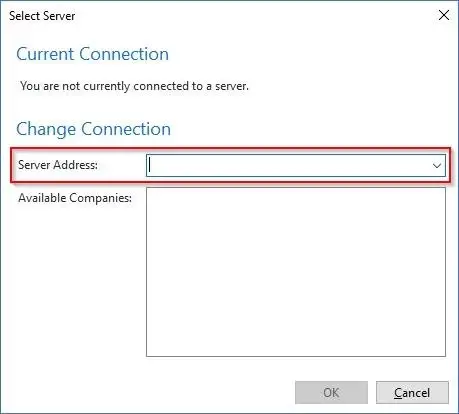
How to fix it:
There are a couple of ways to find it again, however the easiest way is going through the Development Environment if you have it installed.
Under File, your test environment should show as one of the recent databases. Select it.

Then click file again, but this time click Database àInformation
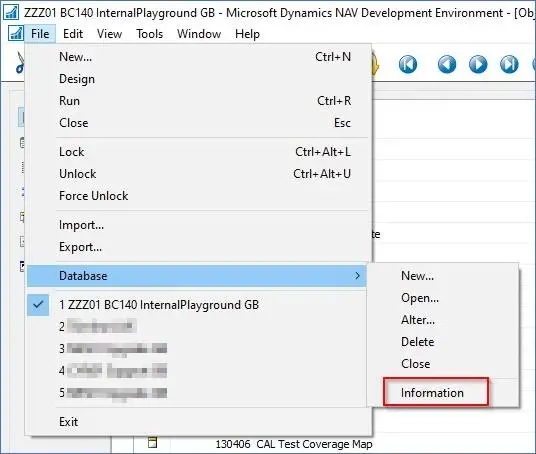
You will see a field there called Server Instance. This is the address of the last middle tier that was connected to this test environment, and usually it’s the middle tier you should be using:
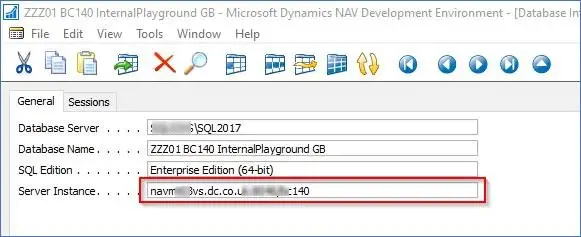
So you simply need to copy the server instance into the Server Address in the Windows Client and it should start working for you.
If this doesn’t work, then please contact our support team who will be more than happy to help you.
If this error is received it is likely that there are dll’s missing from the server on which business central or Navision are hosted.
To correct this, we can connect to the server and check the correct file location and find what dlls are there and which we need to re add.
User needs to check the version of the client they are running in the windows client
In order to check the client version that you are currently running. You can simply navigate to Taskmaster, either by right clicking on the taskbar or pressing ctrl, alt and delete.
This will give you a list of all the current open applications, (you have to make sure that Nav or BC is running)

If the 64bit version is currently running, it will appear as above. If it is running the 32bit version it will show as x86
How to change system information to display what company and database you are in.
Banner not showing whether you are in TEST or LIVE database
You can change the text displayed in the top right of NAV by navigating to Company Information as above and opening the tab, ‘System Indicator’.
Here you can change the text displayed with the system indicator drop down, to display your own text or the company information. The system indicator style will determine the colour of the text.
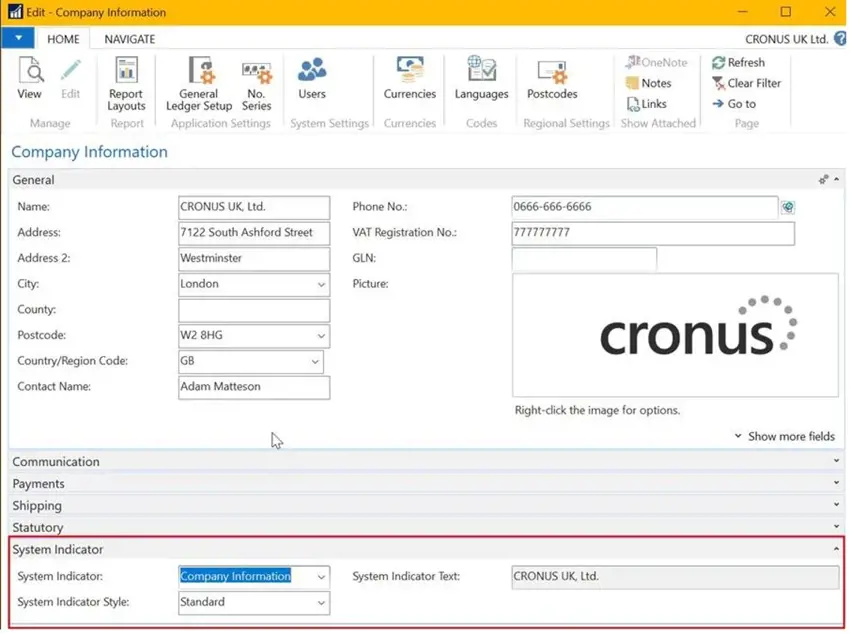
This is called Company Badge in later versions of BC.

Common SMTP Error Emailing with Microsoft 365 and Dynamics 365 Business Central
"5.2.0 STOREDRV.Submission.Exception:SendAsDeniedException.MapiExceptionSendAsDenied; Failed to process message due to a permanent exception with message Cannot submit message."
This usually means that the user defined on the SMTP setup page doesn’t have permission to send as the email address specified in the ‘from’ section of the email. For example, if SMTP setup has navserver@contoso.com in the User ID field and I want to send an email from Joe.Bloggs@contoso.com, I would need to go to the Joe.Bloggs@contoso.com mailbox in Exchange and give “Send as” permissions to navserver@contoso.com. People often do the reverse by mistake.
SQL Server RAM Allocation
The default settings for SQL server allow it to consume as much memory as it needs within the limitations of what the OS will assign to it. If the OS runs out of RAM it will then start using the page file, which results in very bad performance for SQL.
This behaviour can be controlled using the Minimum server memory and Maximum server memory settings:

Usually you can leave the minimum server memory at 0, although there are some exceptions to that which will be covered later. If the server is a dedicated SQL server, eg not running any NAV middle tiers, I would recommend setting maximum server memory to the amount of RAM in the system, minus 4GB or 10%. For example if the machine had 16GB I would set it to 12GB, if it had 64 GB I would set it to 58GB. This allows some RAM for the OS.
If the server is also hosting your NAV/BC middle tiers you need to make sure you leave space for them in the above calculations. I usually allow at least 4GB per instance, but if you find memory usage on the server is still over 85% most of the time I would decrease the memory allocated to SQL to allow more for the idle tiers.
If you have more than one SQL instance on the server things become more complicated, which is outside the scope of this FAQ.
The only exceptions I have seen where setting minimum server memory is necessary are if the server hosts another application with very high memory usage EG another SQL instance, or if the server is in a virtualized environment with dynamics memory and you need to stop memory from being de-allocated from the server.

